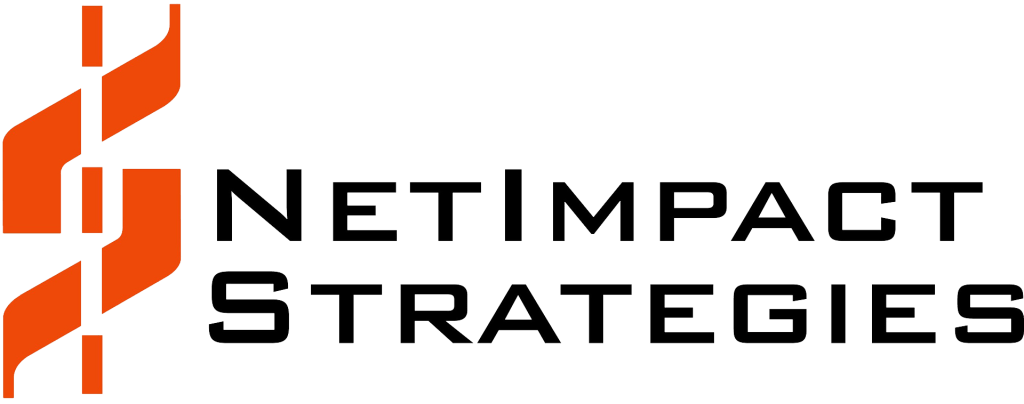Many workers have been put in a situation that they have never faced long-term: working from home. We are now close to finishing year one of the phenomenon brought on by COVID-19 and the need for safety. According to Gallop, nearly 7 out of 10 employees are telecommuting, and the jury is still out on whether this arrangement is beneficial to the employee, the employer, or both. I can personally attest to the benefits and challenges as both my husband and I work from home, and we have four children who are virtual learning. There are days that I say to myself that remote working is great; I get to spend more time with my children. Then I hear a child yelling for me during an important conference call that they ran out of toilet paper, and my husband has interrupted my concentration for the 15th time that day, and I just want to pull my hair out! The headlines scream at us, “Working from home actually makes you better at some tasks and worse at others,” “Working from home increases productivity,” and “Remote work burnout is growing as pandemic stretches on.” Many of these articles concentrate on managing our burnout and continuing to be productive but miss the mark on what managers can do to support their teams.
Remote work has pushed managers to relinquish the control they once had in an office environment; they must now implicitly trust their employees to be autonomous. This trust means that managers, like anyone else in this environment, must pivot from the tried-and-true method they use to manage their teams. Teachers in the classroom have used a unique management style for over 15 years that is proven to create positive interpersonal climates, improve productivity, and increase engagement. In a recent study, researchers trained managers in the theory of self-determination (a person’s ability to make choices and have control over their lives) and how to support the autonomy of the employees they supervised. They found that the trained managers who behaved in a more autonomy-supportive managerial style had teams who had greater self-motivation and workplace engagement. These results are also supported by years of similar research within the teacher-classroom environment.
So, how can managers engage in autonomous-support management?
- Start asking open questions and inviting others to participate in discussions. You are not the authority on everything, and research has shown that diverse perspectives drive innovation and problem-solving. The key is to ASK employees to participate; many managers don’t ask about another person’s perspective.
- Actively listen and acknowledge the employee’s perspectives. When you do this, you are not only supporting your employee, but you are also reinforcing that their views matter. That reinforcement encourages an employee to continue to share their thoughts with you, even if you don’t necessarily agree with them.
- Make the employees’ responsibilities crystal clear and then offer them the choice of how they will complete them. This choice does not mean that employees get to say, “well, that’s not my job.” It means that they are confident in what they need to accomplish.
- Provide sincere feedback. When you are sharing positive feedback with employees, make sure that you acknowledge their initiative. Saying things like, “that’s an excellent idea, thank you for suggesting it” or “it was really proactive of you to find a solution to the problem” will go a long way. Negative feedback should be just as sincere but needs to be factual and non-judgmental. When I had an employee I needed to discipline, I took all subjectivity out of the equation. I focused on the facts of the issue and how we could work together towards a solution.
- Minimize rewards and comparisons with others. Although this may sound counterintuitive, individual rewards often create a deeper divide between employees and may breed or foster resentment within the team. The same is true for comparing employee X versus employee Y. Imagine being told that you should be more like the other employee.
- Develop and share information with others, build a knowledge base that increases an employee’s self-efficacy.
Implementing any of these suggestions puts you on the right track to show your employees that you trust them and want them to be autonomous. Now, I have to go bring a kid some toilet paper.
https://news.gallup.com/poll/311375/reviewing-remote-work-covid.aspx
https://www.businessnewsdaily.com/15259-working-from-home-more-productive.html
https://journals.sagepub.com/doi/abs/10.1177/1052562912456296
https://www.johnmarshallreeve.org/uploads/2/7/4/4/27446011/hardre_reeve2009.4731413.pdf



